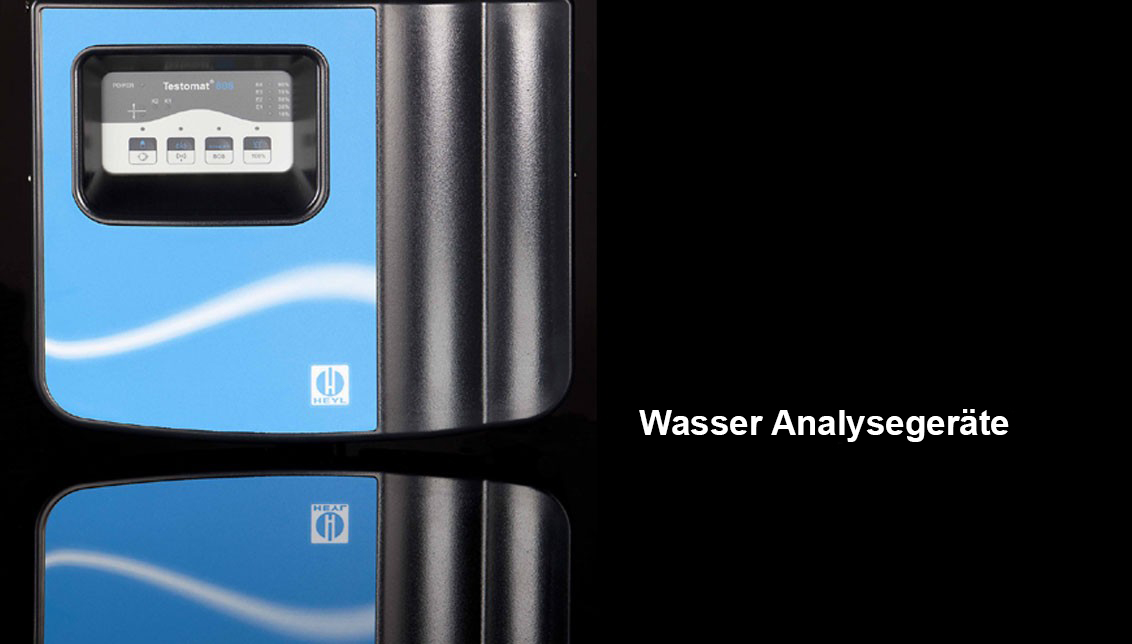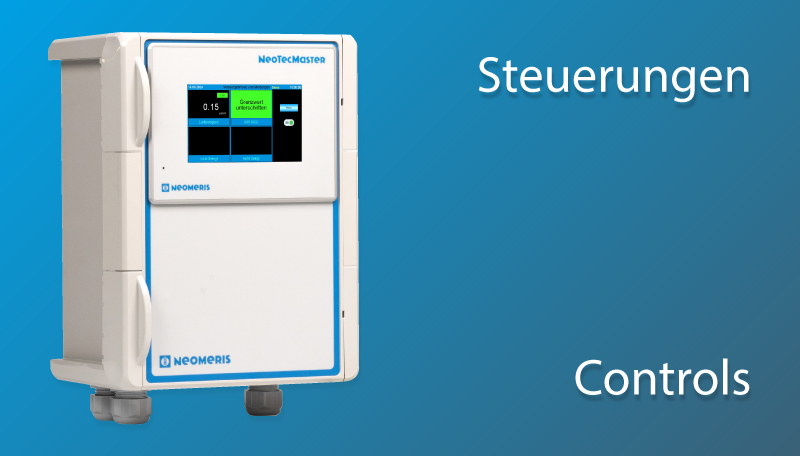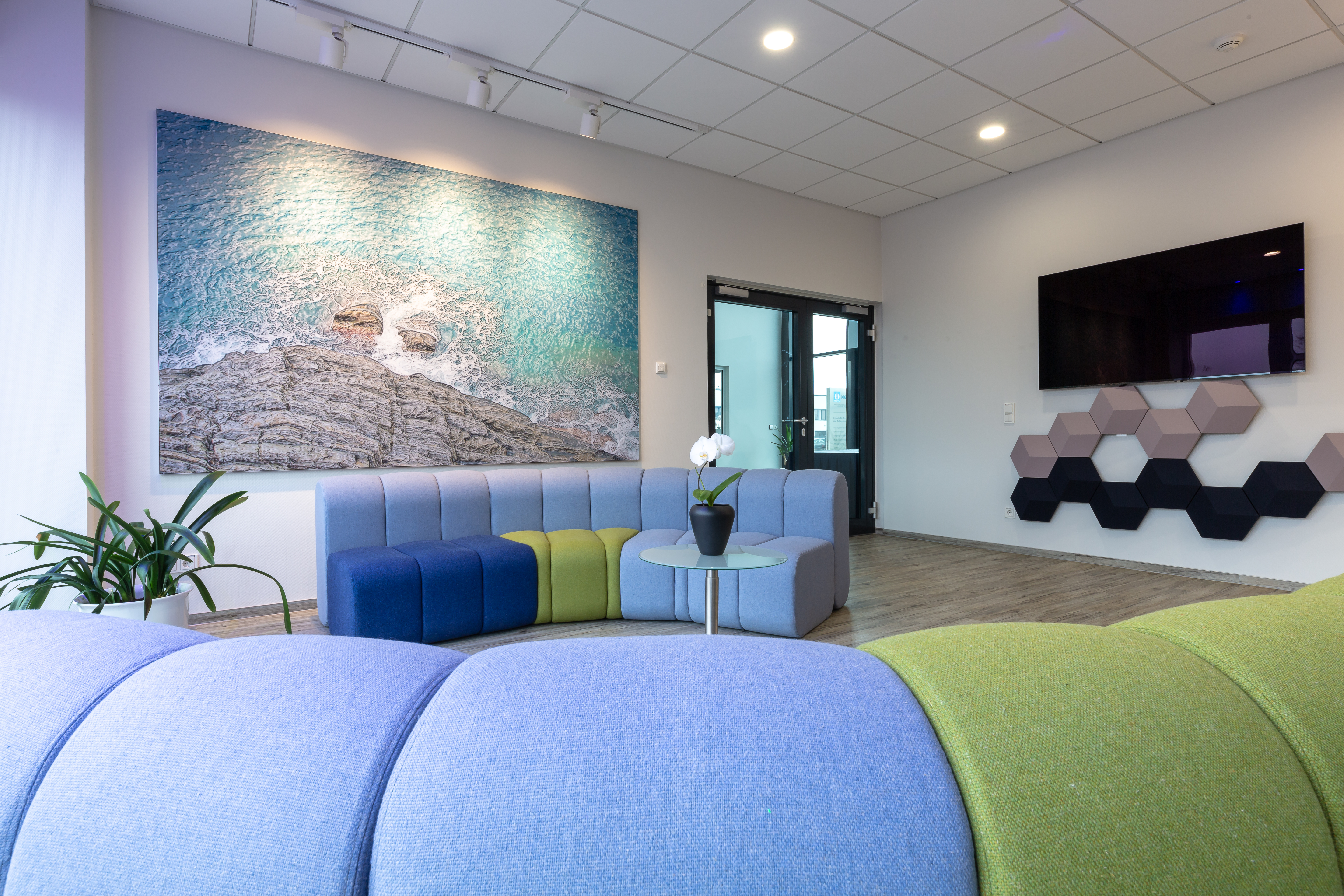.jpg?ts=1750412758)
The topic of sterile processing in AEMPs in clinics and hospitals represents an essential element in ensuring proper operation, the protection of the instruments used and the associated patient safety.
This is especially true for service centers whose business model and success lies in the reprocessing of sterile supplies.
Due to identified increased repair and repair replacement costs, the experts at Gebrüder Heyl Vertriebsgesellschaft were commissioned to conduct a process analysis in the AEMP department in February 2020.
Based on a qualified process analysis, which included, among other things, the procedural recording of the existing water treatment plant, operated equipment technology, selective evaluation of the instrument inventory and all other service aspects located at the site, including logistical processes, the results were presented to all departments involved. Particular attention was paid to the area of water analysis. In addition to brief chemical analyses during ongoing operations, supplementary samples were taken and subsequently analyzed by an accredited laboratory.
The expert evaluation of all data revealed a need for action in the following areas:
· the process water plant technology,
· the media-carrying piping systems, and
· in the subsequently used equipment technology,
which were identified within the AEMP department as possible causes for the significant increase in repair and repair replacement costs in the instrument area.
Due to the complex interplay of all factors in the instrument reprocessing chain, Gebrüder Heyl Vertriebsgesellschaft was then commissioned in an advisory capacity with:
· the project planning & consulting,
· the subsequent implementation of the recommendations for action as well as
· the continuous validation of the measures introduced.
commissioned.
The implementation period for all the individual points shown in the project plan, which are successively coordinated in their logic, was set at approx. 3 years.
In the first project phase, December 2021/January 2022, the process water plant technology was extended by an additional reverse osmosis with EDI. At the same time, the existing on-site blending bed was optimized with regard to its inflow for the now redundant plant operation. This was accompanied by the integration of qualified online monitoring of water hardness by means of Testomat® 808 and a multi-stage monitoring concept for silicates based on the Testomat® 808 SiO2 device design. Here, silicate monitoring takes place on each line in the first step downstream of the EDI and additionally as the last monitoring point downstream of the first mixed bed filter.
In order to ensure the continuous processing of the highly sensitive sterile material, a bridging concept was already developed during the planning of the conversion measures, so that all conversion measures could be implemented during ongoing operation.
The media
analysis showed a conductivity of 0.068 µS/cm and a silicate content of 0.058
mg/l. The soft
water tanks were cleaned and disinfected in parallel because they were a source
of process water contamination. As a result
of introduced contaminants, media-carrying pipelines had to be inspected
endoscopically and visually with regard to the technical design of the
transitions for surface changes and in some cases renewed. Steam
sterilizers were inspected and chamber separation and chamber renovation were
carried out. In addition, new clean steam generators were commissioned to
supply steam to the sterilizers. It is not
only the issue of water that requires continuous attention within the overall
process. The media monitoring of the pure steam generated also has to be
subjected to a permanent quality check. For this purpose, a sampling point with
a cooler was integrated for regular condensate sampling. Measurement
samples were taken in all steam sterilizers, and the data collected and
validated. The analysis revealed conductivity values between 1.0 - 3.0 µS/cm
and silicate values of less than 0.1 mg/l. The values were reliably below not
only the limit values of DIN EN 285, but also the recommended limit values of
the Working Group Instrument Reprocessing (AKI). Result: All
the optimization measures implemented have had a demonstrably sustainable
positive effect on the media quality (water & steam) and the project
objectives have been achieved. Once the
media supply was at the best level, the optimization of the WD units was
carried out. By extending the program steps of the cleaning and conditioning
programs, it was possible, for example, to improve the surface passivation of
the instrument sets by using citric acid. During the
project, there was a continuous exchange with all specialist departments, in
particular the AEMP management, the hygiene officers, the building services
department and the experts from Gebr. Due to the complexity of the topics,
targeted training measures were carried out. An essential component of these
was, among other things, the monitoring of the individual measures by employees
of the specialist departments concerned. At each point in time, the interaction
of the measures was evaluated and monitored by means of analyses. The regular
on-site analysis by AEMP staff will continue in the future with the PPM 150
hand-held photometer. The
sensitization of employees to the topic of "surface changes on and on
instrumentation" will be supported by an in-house workshop in the 2nd
quarter of 2022. The
extensive spatial division of the AEMP and the strict separation of the
"unclean and clean side" make it obvious to enable the visualization
of the media and system status of the water treatment and instrumentation.
During the development of the new plant concept for the water treatment,
attention was paid to the fact that the monitoring technology used is suitable
for ensuring data transfer to higher-level systems. With the
multi-parameter control concept of the NeoTecMaster®, the data transfer and the
visualization at the site are implemented in the network by means of an
Ethernet interface.
Today, the
current media and system status can be monitored from any PC workstation in the
facility (limit values for water hardness, monitoring points for silicates). At
present, 5 parameters are continuously monitored. In the future, the modular
design of the NeoTecMaster® will allow the integration of further measurement
technology and the retrofitting of further control contacts at any time in the
case of plant expansions.
The deficiencies in the process water plant technology, the piping systems and the equipment technology identified during the process analysis have been eliminated. The media quality consistently meets the limit values, which must be well below the specifications of DIN EN 285.
A reduction in repair and repair replacement costs in the instrumentation area and a minimization of the maintenance effort for the instrumentation used can also be noted.
The instruments show a reduction in surface corrosion and silicate deposits. This ensures greater patient safety.
Conclusion: Small cause - big effect. The risk has been sustainably reduced by the measures taken.
Detailed information on this can be found in our Business Case Sterile Processing - Safety in AEMP. Sterile processing | Optimization of the clinic AEMP - Neomeris: industrial water treatment



